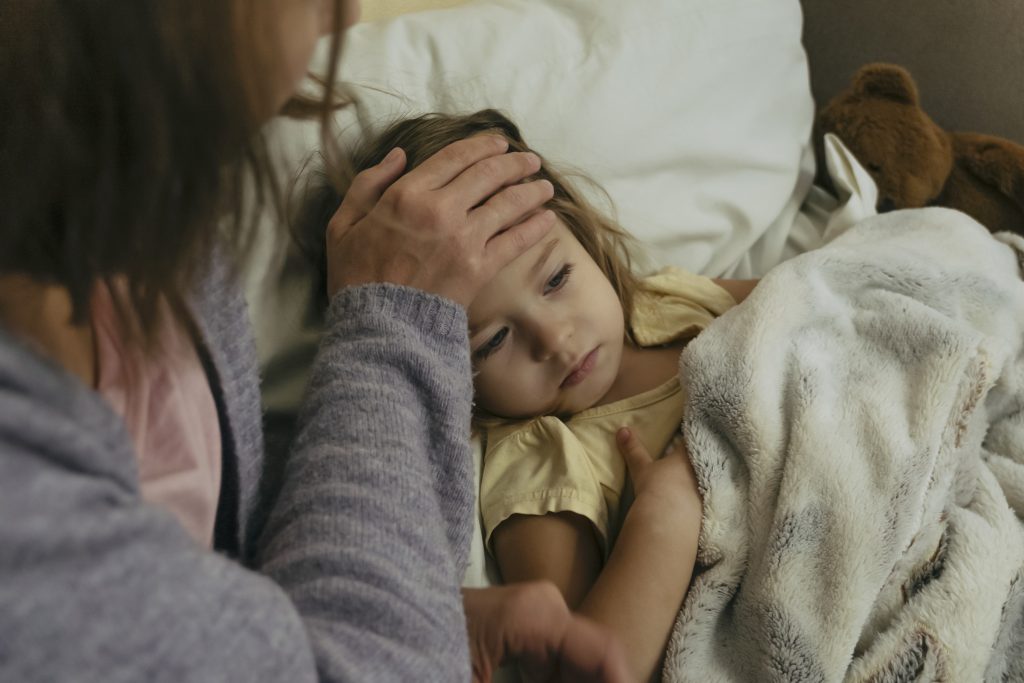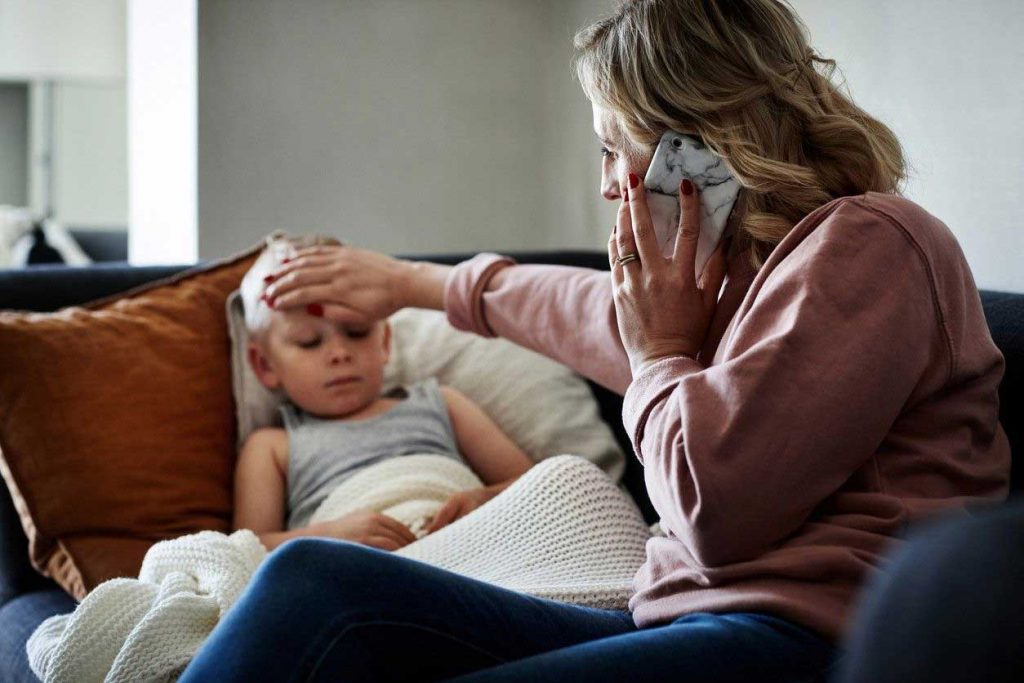UTIs in children and how to prevent them
Many adults – women in particular – know the unmistakable twinge of a urinary tract infection (UTI) coming on. And while we’re fairly adept at getting on top of them early, it can be much harder to spot UTIs in children.
Approximately one in 10 girls, and one in 50 boys will have experienced a UTI by the age of seven, making them a fairly common childhood ailment. In infants under 12 months of age, the instance of UTIs is actually more frequent in boys than girls (slightly higher for those that are uncircumcised) but in older children, girls are more likely to develop the condition.

What causes a urinary tract infection?
A UTI occurs when certain bacteria or germs make their way inside the urinary tract and infect the bladder or kidneys. The majority of infections impact the lower urinary tract – the bladder and the urethra, and this type of infection is also called cystitis.
What are the symptoms of a UTI in a child?
Because it can be more difficult for kids to accurately describe their symptoms, it’s important to look out for the telltale signs of a UTI.
Some of the symptoms include:
- Pain, burning or stinging while passing urine
- Frequent urination, including getting up during the night to go to the toilet, or bedwetting even though they are toilet-trained)
- Pain in the lower tummy, often just below the belly button
- Foul-smelling urine
If a UTI travels further up the ureters to the kidneys, the infection becomes more serious and is known as pyelonephritis. Often this will be accompanied by similar symptoms as cystitis, but children appear quite ill, and will often have a fever or chills, vomiting and pain in the back or sides.
It’s crucial to seek medical help for your child if you suspect a urinary tract infection of any kind.

How can I prevent my child from getting a UTI?
Because UTIs are most often caused by bacteria from faeces (poo) making its way inside the urinary tract, good hygiene is the best way to prevent UTIs from recurring (or happening in the first place).
With very young children, particularly girls, it’s important to ensure when you are cleaning them after a bowel movement that you wipe front to back (vagina/penis to bottom) to minimise the risk of contamination.
For older children who use the toilet independently, this is an important lesson to drill into them – along with other common sense hygiene measures, such as thorough hand-washing.
Dehydrating has also been linked to an increase in UTIs, so ensuring your child is drinking enough water throughout the day is another preventative measure you can take. For school-aged kids, sending them with a large water bottle and a reminder note stuck to it can be a great prompt to encourage frequent drinking.
To speak with an InstantScripts Doctor:
Request a ConsultationIf you have run out of your script:
Request a ScriptBek Day is a writer and journalist with over 15 years of experience in the health and lifestyle space.
© InstantScripts
Level 8 / 637 Flinders St.,
Docklands VIC 3008

